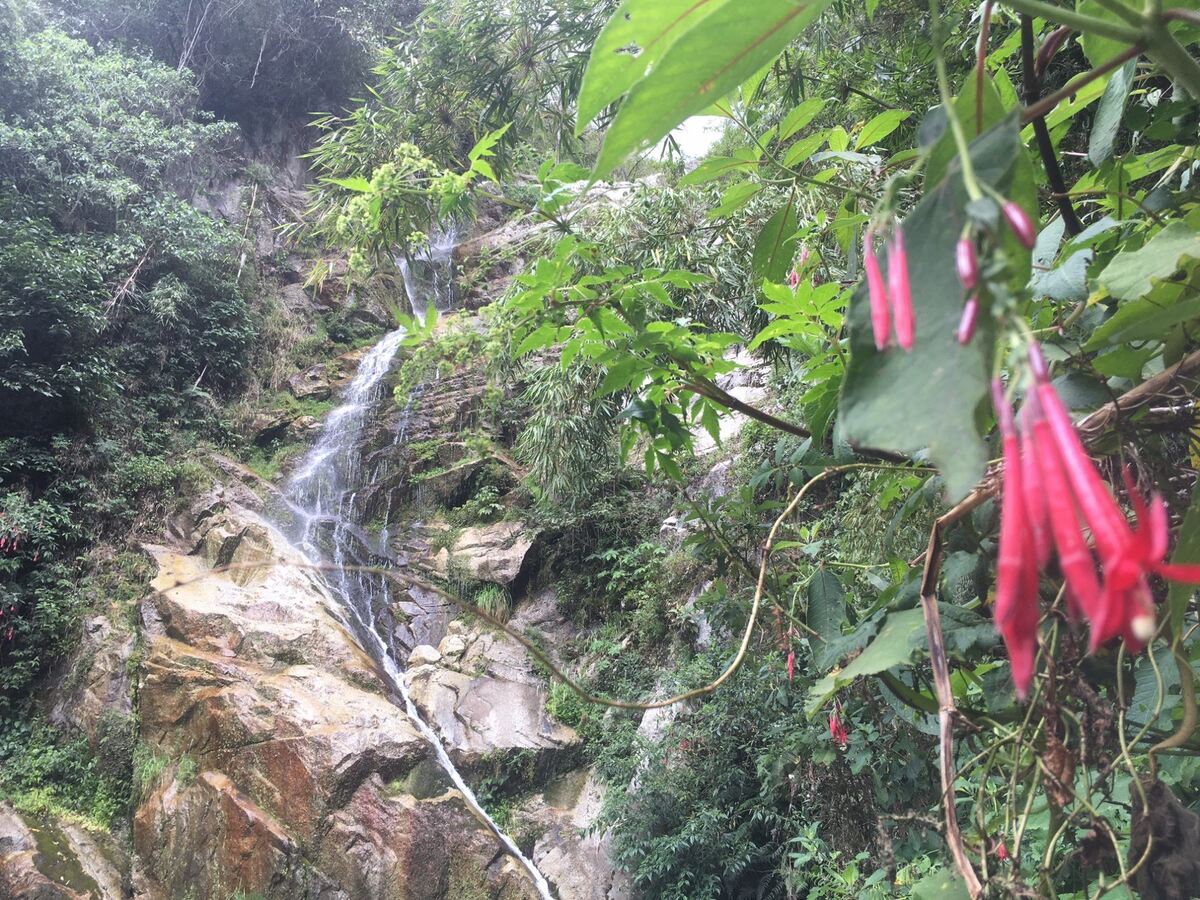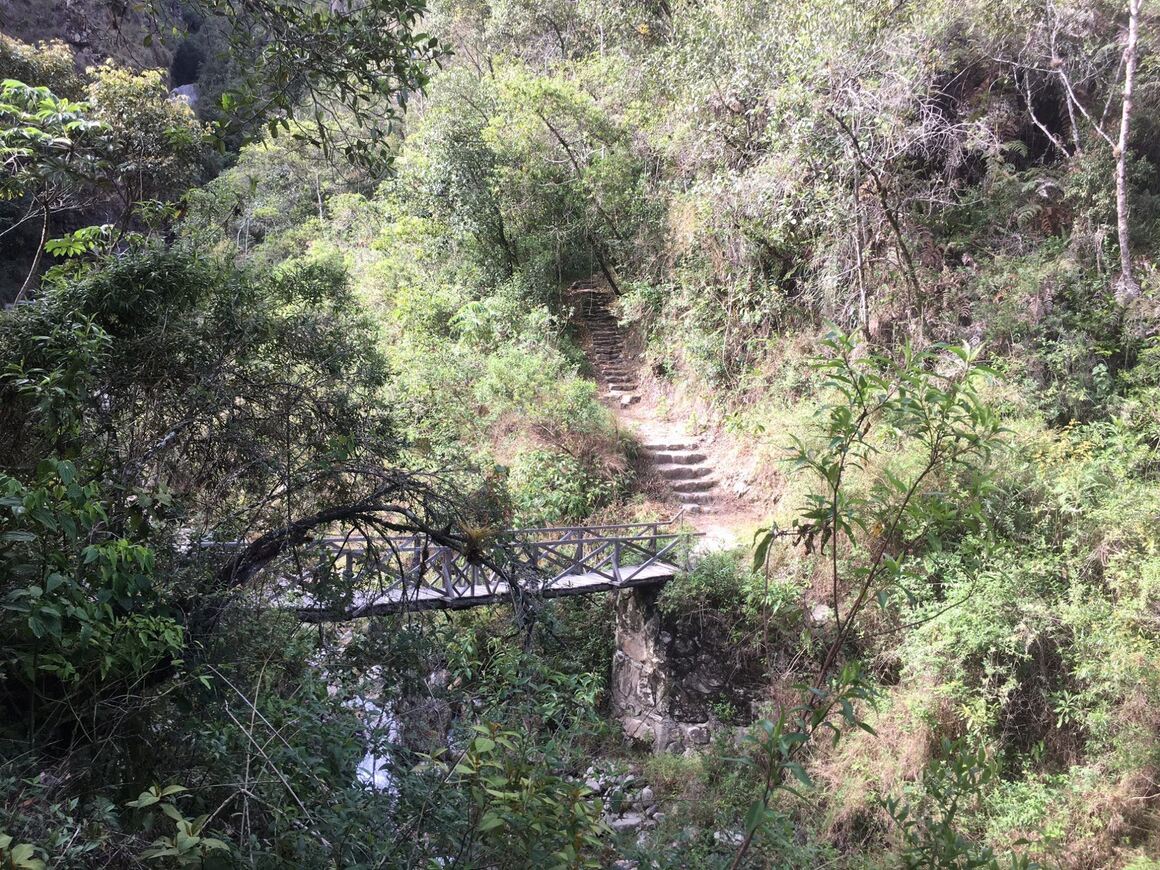
The two day Inca Trail is Machu Picchu's best kept secret
Hiram Bingham’s discovery of Machu Picchu and the subsequent photos published in 1913, in the fledging National Geographic magazine, changed the course of Peru (and the magazine). Today the region of Cusco, which is the gateway to the most stunning of mountaintop Inca citadels, now sees over a million tourists a year. When Bingham first arrived to the site, he traversed the beautiful stone roads that the Inca’s built 500 years prior, a walking path that was bypassed in the subsequent decades by a rail line, built in the 1940’s to bring ever more visitors arriving to Peru, on modern jet airplanes.
The Re-discovery of the Inca Trail
By the early 1980’s some entrepreneurial explorers recognized the potential of these same paths that Bingham took in 1911 when he re-discovered Machu Picchu (Bingham’s route differed slightly from the current Inca Trail) and created a four day trekking circuit that again changed the course of tourism for the region. It established one of today’s most popular hikes on the planet. This traditional four day Inca Trail to Machu Picchu does not disappoint for its impressiveness and adventure, passing some of the most important temples in the entire Inca Empire before reaching the very best of them all on morning four, at sunrise.
Its popularity has meant that local authorities had to put a limit of 250 hikers per day (250 local porters as well) to mitigate the environmental and experiential implications of unfettered walkers. The four day Inca trail hiker still needs to be prepared for busy camps and even a line-up on the last morning as people wait at the final checkpoint to be one of the first people entering the Machu Picchu. It’s a special trek that continues to attract interest of the world over. Permits for it sell out nearly six months in advance, becoming harder to obtain every year.

How Has the Travel Industry Adjusted to a Limited Supply of Permits?
Over the past decade, numerous alternative hiking routes to Machu Picchu have been established, to satisfy the demand of hiking to Machu Picchu. The five day Salkantay and the four day Lares routes have been become the most popular alternate routes. Now, local officials are considering how and when controls on the number of hikers, will need to be implemented. It’s even been said, that Salkantay sees more hikers in a given year, than the traditional Inca Trail.
We at SA Expeditions love and appreciate each of the hiking routes to Machu Picchu for their unique characteristics and believe that humanities great works are meant to be shared, given its done is a responsible manner. We even developed our own alternative route to Machu Picchu through the valley of Choquechaca. Our Choquechaca route is an experience like none of the other alternative trails because of the way it integrates the local culture and serves as a vehicle for conservation of native forests, not to mention never seeing another tourist, along its 3 day walk.

A New Decree is Passed
In 2016, the latest evolution of hiking to Machu Picchu came about with the opening of an additional 250 hiking permits per day on the two day Inca Trail. This shorter Inca trail starts at KM 104 along the rail line 16 kilometers beyond KM 88 where the four day Inca Trail begins, and approximately follows along the final two days of the longer four day version. Before the passing of this decree, anyone wanting to hike the shorter version had to compete for permits within the same pool of 250 four day hikers; meaning without long term planning of 6 months or more, finding space on the two day trail was impossible.

It was this new reality that our founder and trekking enthusiast Nick Stanziano decided to head off and see; how this shorter Inca trail route has changed. What he found was a trail that was nearly void of other hikers taking advantage of the new regulations. The walk fits right between the crowds of the four day traditional Inca trail. You walk ahead of the 250 trekkers arriving to camp on night three at Winay Wayna and after the 250 hikers a departure day earlier along the final 10 kilometers to Machu Picchu, which they completed in the early morning. The scenery is no less stunning, the ruins along the way and particularly Winay Wayna is as beautiful as ever and no tent sleeping is needed. It’s a full day (14 kilometers in total) of trekking to Machu Picchu in an intimate and private manner. Even better, you can still purchase your permits at the last minute.
While the longer and more challenging, alternative treks to Machu Picchu will be preferred by many, the two day Inca Trail is perfect for families with pre-teenage children and multi-generational aged groups looking to have a small taste of what Hiram Bingham encountered more than 100 years ago. Word is quickly spreading, so now is the time to do it!
